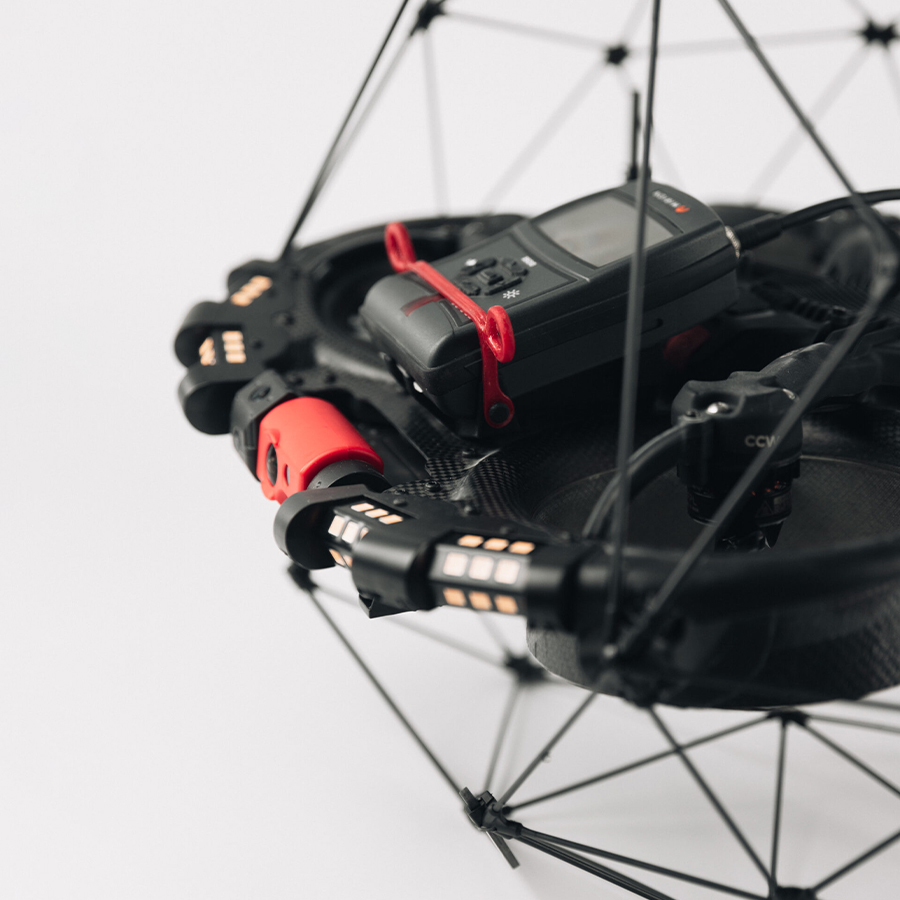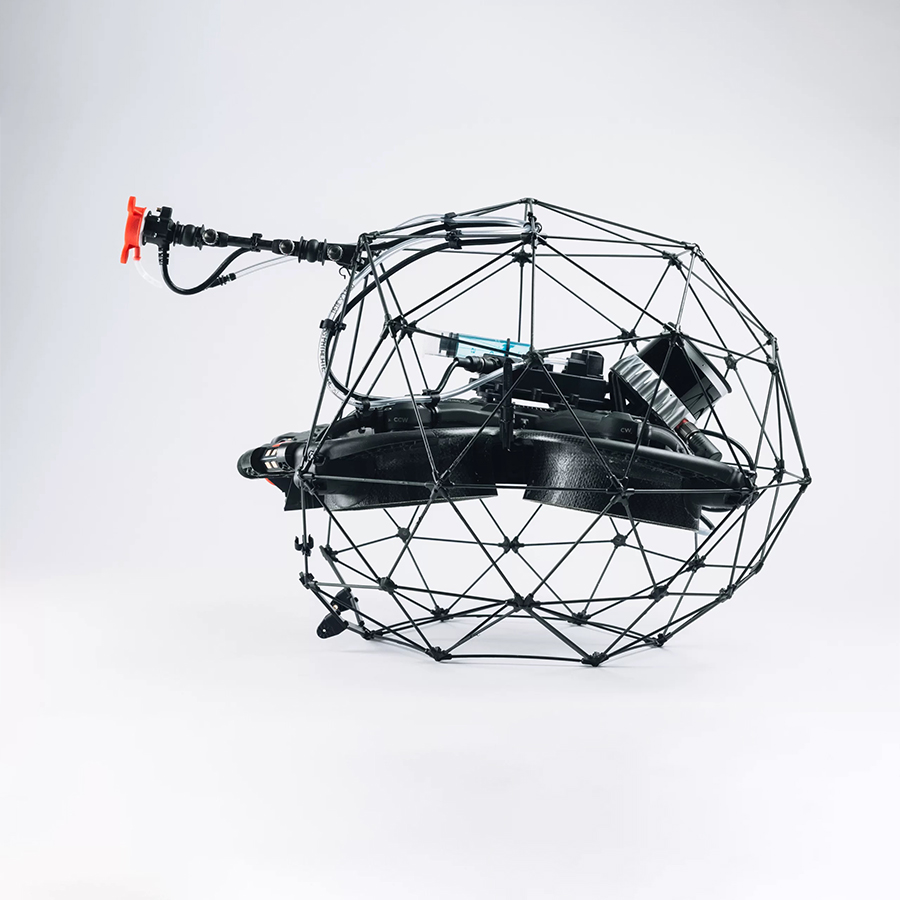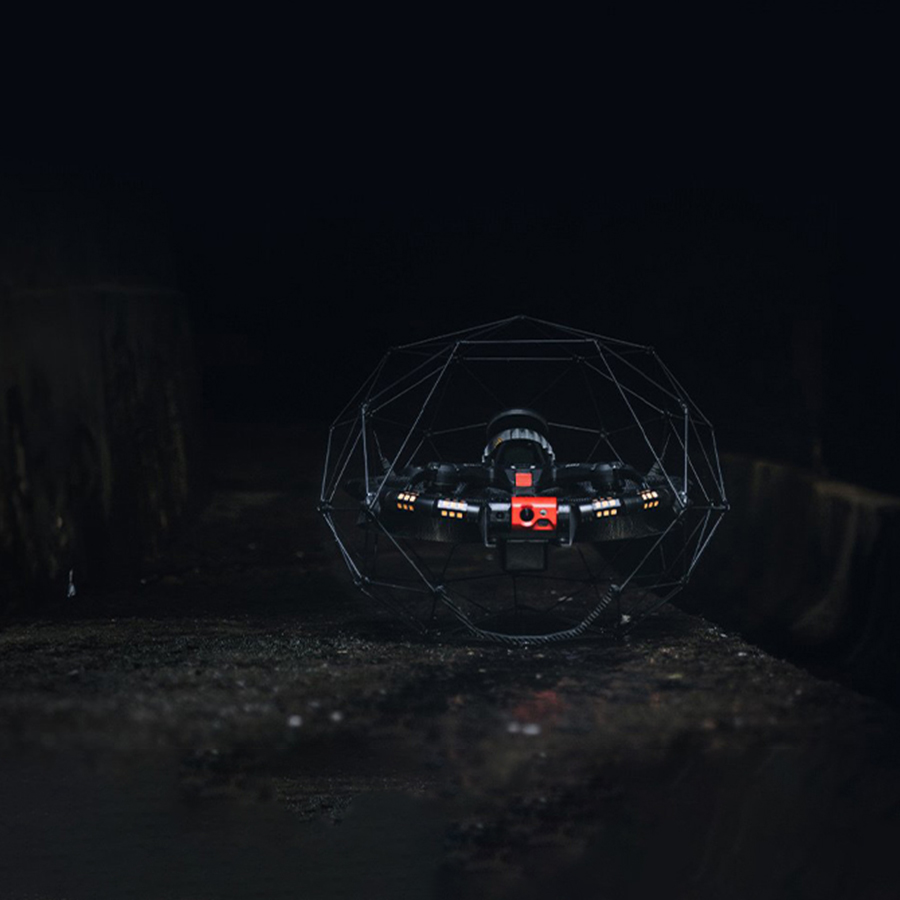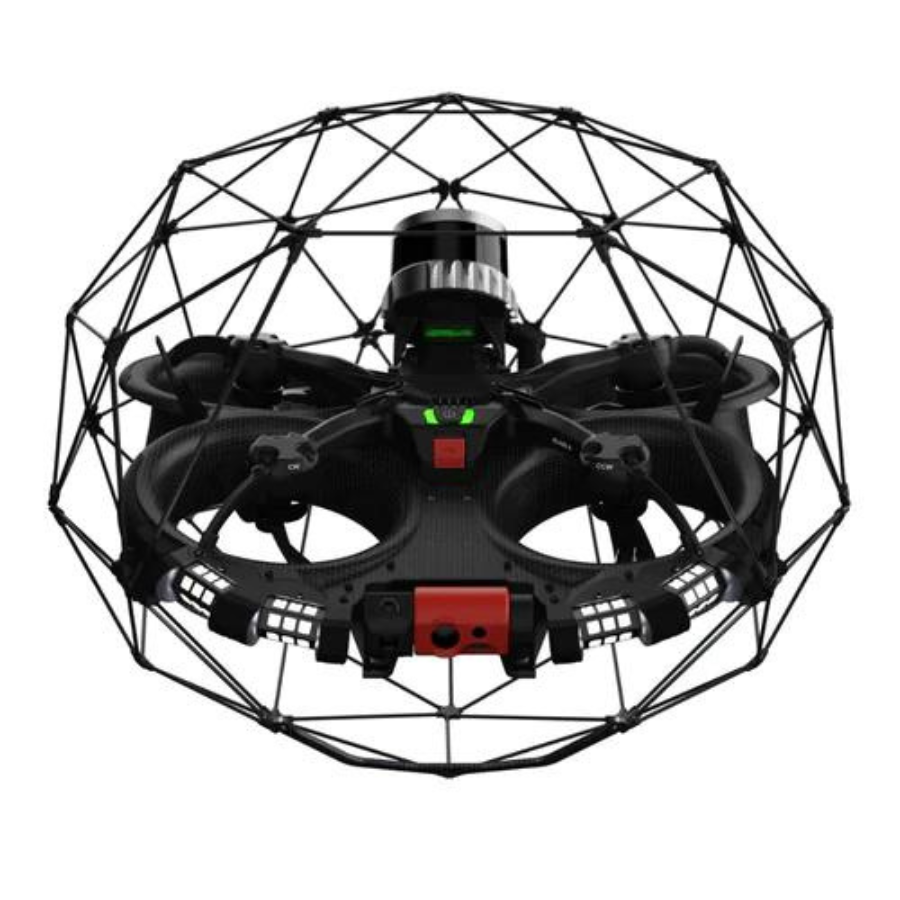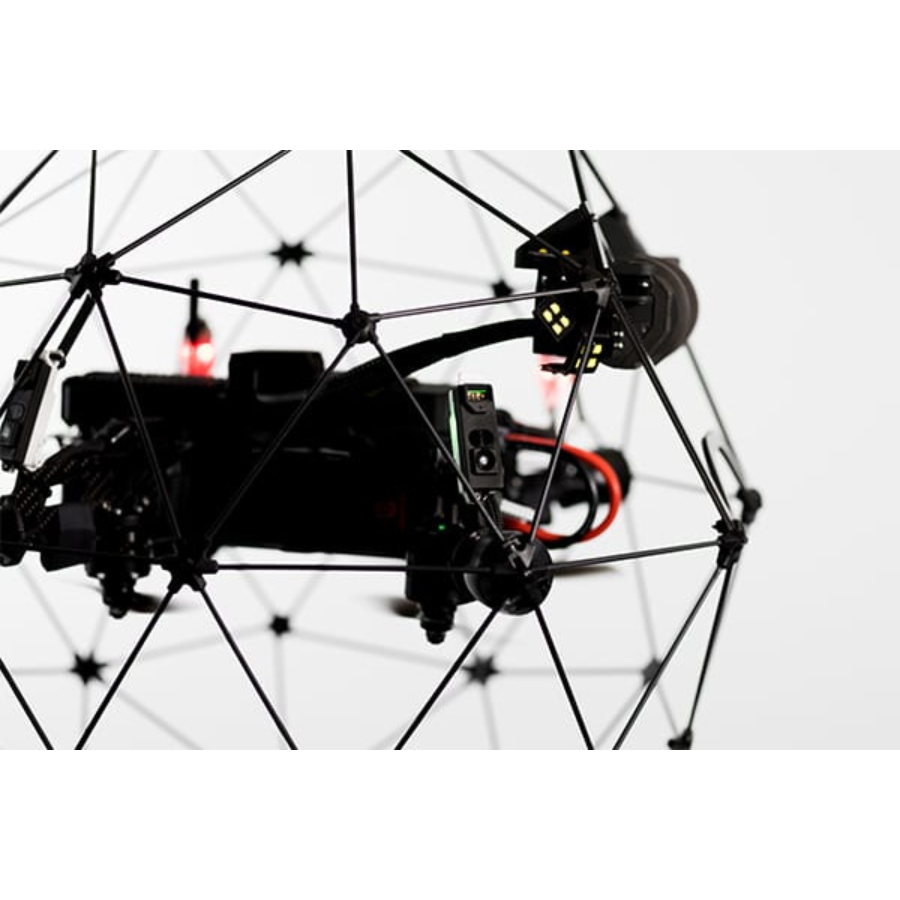
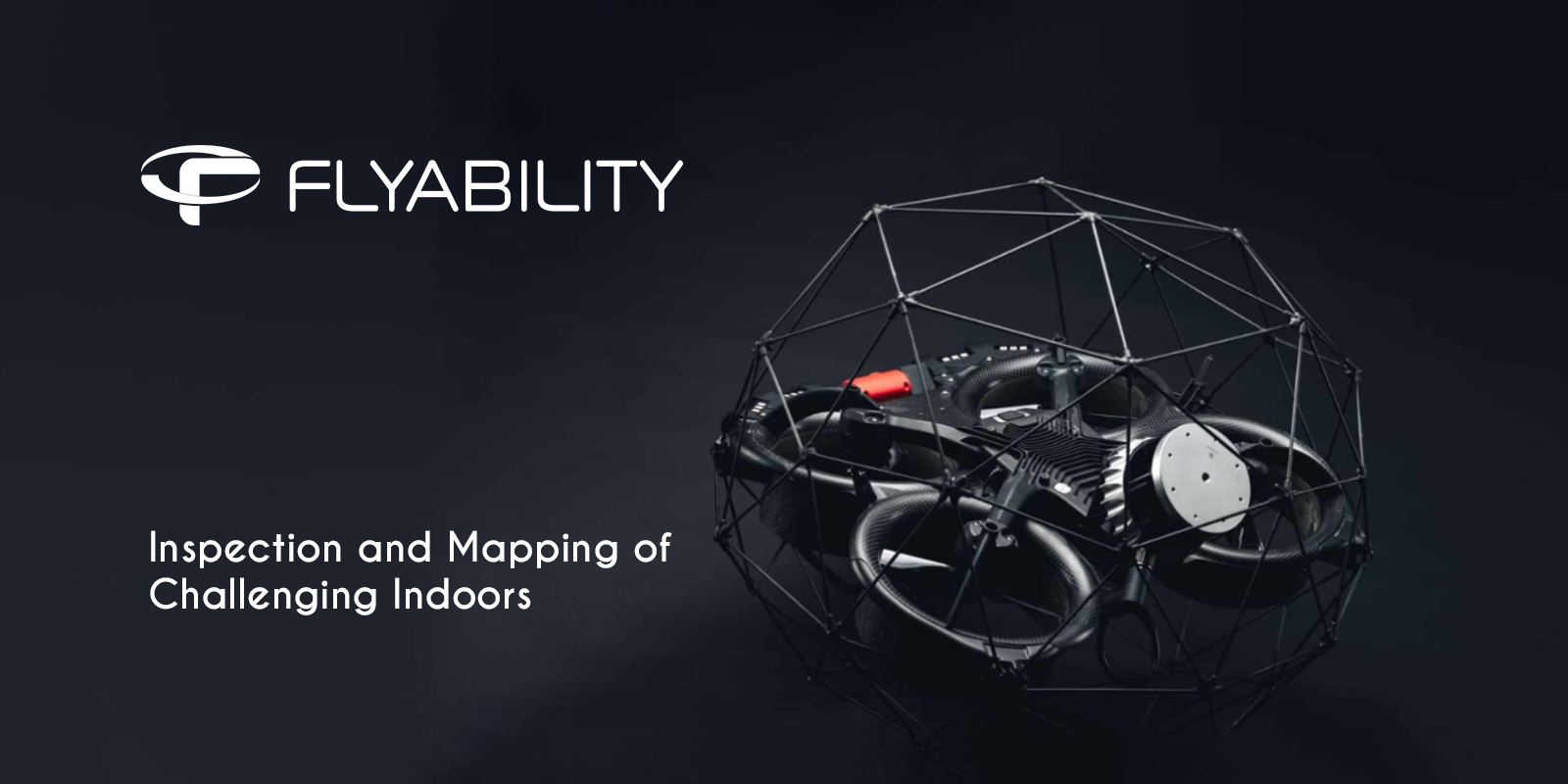
Applications of Flyability Drones
Industrial Inspection
Most commonly the Elios 2 is applied in industrial inspections in conditions where human presence is either dangerous or impractical. Despite this, it is constructed to be collision resistant, making it capable of moving through small such as storage tanks, pressure vessels as wells as boilers. The drone can take high definition images and video that allow professionals to check the condition of industrial tools without endangering the lives of personnel. This application is especially important in such fields as oil and gas production as the inspection of internal structures is often fraught with risk.
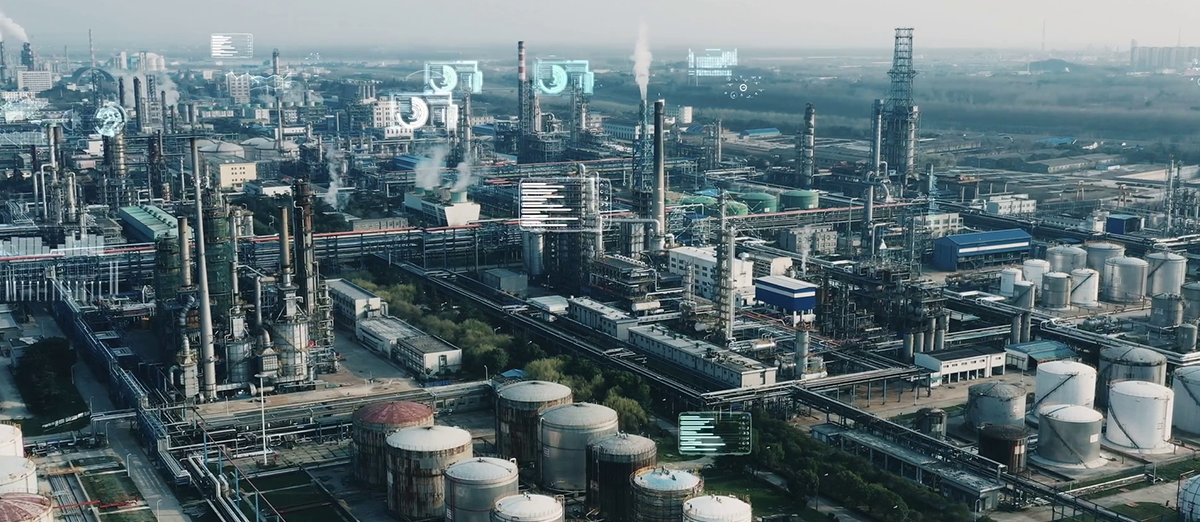

Mining and Tunnel Exploration
Due to the premise of darkness, dust and limited space, the Elios 2 will be particularly useful in underground mining and tunnel inspections. Its well-developed lighting system and comparatively steady flight performance allow the operators to navigate these areas and collect high-quality data. This application plays a role of identifying structural problems, and keeping track of conditions inside the tunnels; and it also offers safety to workers since frequent physical inspection inside the unstable and dangerous areas is eliminated.
Electric power, its generation and sector
Many industries utilize Flyability drones, primarily the Elios 2, in the power generation industry to assess such structures as wind turbines, hydroelectric power plants, and electrical transmission structures. Due to its high and narrow accessibility together with high image resolution, power plant operators can conduct inspections without having to stop power plant operations and endanger technicians’ lives on narrow steel structure surfaces. It is most efficient in cases pertaining to distress like crack, corrosion or wear and tear of critical members.
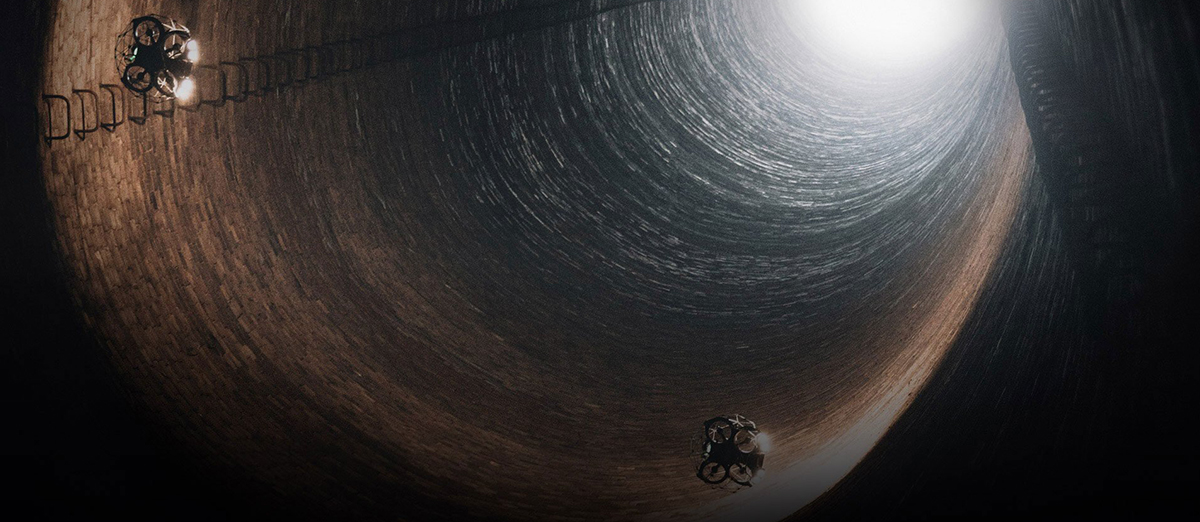
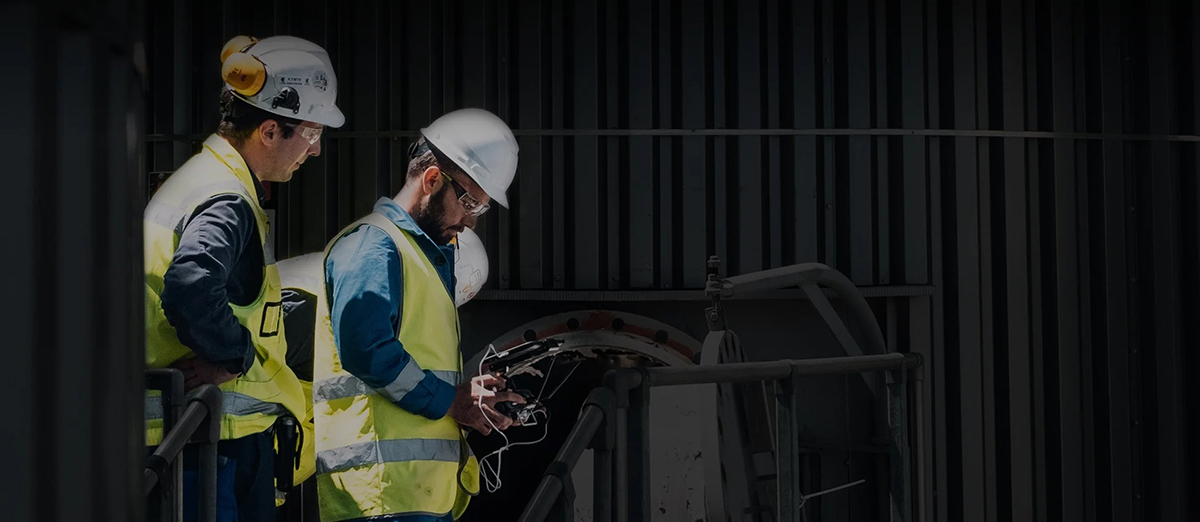
Public Safety and Security
Used in public safety the Elios 2 is particularly relevant in search and rescue, disaster response, and in law enforcement. Because of its dimensions, it is perfect for penetrating confined spaces, searching for people under the rubble after an accident or earthquake, or gathering information in a dangerous world. Police forces also employ it for capturing scenes in discreet hard-to-access or hostile terrains,
Confined Space Inspections with FlyAware™
Powered by FlyAware™, the Elios 2 drone excels in confined space inspections. Using computer vision, LiDAR, and an NVidia graphic engine, FlyAware™ creates real-time 3D maps, offering centimeter-level accuracy and stability. This technology enables precise navigation in areas without GPS, ensuring safer and more efficient inspections. With future advancements, it promises fully autonomous operations in complex spaces.
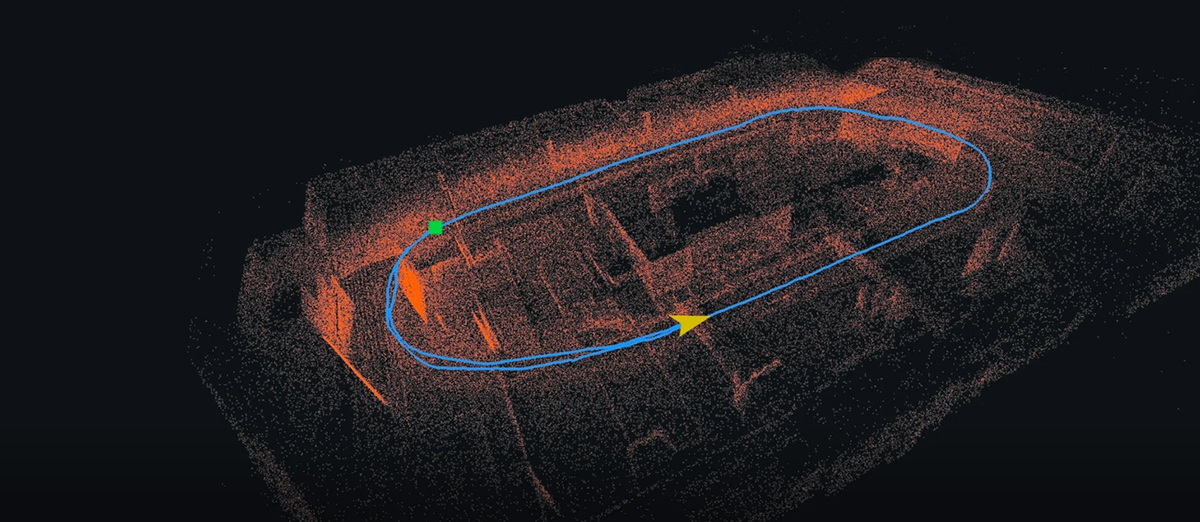
Why You Should Consider Buying the Flyability Elios 3 Confined Space Inspection Drone
Read More
The Ultimate Guide to Drone Flight Controllers: Enhancing Your Drone’s Performance
A drone’s flight controller acts as the brain behind its flight operations. This essential component manages orientation, stability, and flight dynamics, ensuring smooth and controlled flights. Whether you’re a hobbyist, professional drone pilot, or involved in commercial drone operations, you must understand the importance of a flight controller. At XBOOM, we offer a wide range of high-quality flight controllers to meet diverse needs. In this guide, we explain drone flight controllers to help you make an informed choice.
What is a Drone Flight Controller?
A flight controller works as a small onboard computer. It interprets pilot commands and sensor inputs to control the drone’s motors. It processes data from sensors like gyroscopes, accelerometers, GPS modules, and barometers. This ensures the drone maintains balance and direction. The flight controller executes maneuvers, holds altitude, and performs automated functions like return-to-home and waypoint navigation.
Key Features of Flight Controllers
When selecting a flight controller, consider these key features:
- Sensor Integration
Flight controllers combine several sensors to offer real-time data about movement and orientation. Key sensors include:
- Gyroscopes: Measure angular velocity to maintain balance.
- Accelerometers: Detect acceleration to aid stability.
- GPS Modules: Provide precise location data.
- Barometers: Measure air pressure for altitude control.
- Magnetometers: Detect magnetic fields to guide direction.
- Processor Speed
The processing speed affects how fast the controller interprets data and executes commands. Faster processors provide more responsive and precise control, especially during complex maneuvers.
- Firmware and Software Compatibility
Flight controllers rely on firmware to determine functionality. Popular firmware options include Betaflight, Cleanflight, ArduPilot, and INAV. Ensure your controller supports your preferred firmware and receives regular updates.
- Connectivity Options
Modern flight controllers offer various ports to interface with other drone parts and ground systems. These include:
- UART Ports: Connect GPS modules, telemetry radios, and sensors.
- I2C/SPI Ports: Expand sensor integration.
- PWM/PPM/SBUS Inputs: Connect receivers for control.
- USB Ports: Enable firmware updates and configuration.
- Flight Modes and Features
Advanced controllers offer several flight modes and safety features, including:
- Stabilize Mode: Keeps the drone level during flight.
- Acro Mode: Allows full manual control.
- GPS Hold: Maintains position using GPS.
- Return-to-Home: Flies the drone back to the takeoff point.
- Waypoint Navigation: Follows a programmed route.
Types of Flight Controllers
Flight controllers differ based on use, features, and complexity. Here are the main types at XBOOM:
- Basic Flight Controllers
These serve beginners and hobbyists. They offer essential stabilization and flight modes. Although simple, they work well for basic builds and learning.
- Advanced Flight Controllers
Advanced controllers include more sensors, faster processors, and several flight modes. These serve professionals and enthusiasts seeking precise control and enhanced features.
- Racing Flight Controllers
These controllers support fast and agile flight. They feature low latency, high refresh rates, and acrobatic modes. Use these for drone racing and freestyle flying.
- Commercial Flight Controllers
These suit industrial and commercial use. They support payloads, redundancy, and robust features. Use them for surveying, mapping, and inspections.
Popular Flight Controllers at XBOOM
We offer top-tier flight controllers at XBOOM. Here are a few customer favorites:
- Basic Flight Controller
The XYZ Basic Flight Controller supports beginners. It provides stabilization, an easy setup process, and compatibility with many drone frames. It simplifies learning to fly drones.
- Advanced Flight Controller
The ABC Advanced Flight Controller suits enthusiasts and pros. It delivers faster processing, more sensors, and advanced modes. It supports complex tasks and stable performance.
- Racing Flight Controller
The DEF Racing Flight Controller focuses on speed and precision. It offers fast response, minimal latency, and supports acro mode. Use this for competitive racing.
- Commercial Flight Controller
The GHI Commercial Flight Controller handles industrial use. It integrates payloads, offers strong build quality, and ensures reliability. Use it for inspections and mapping tasks.
How to Choose the Right Flight Controller
To pick the right controller, follow these tips:
- Determine Your Requirements
First, assess your drone type and use case. Are you building a racer, photography drone, or commercial UAV? Your purpose will shape your choice.
- Check Compatibility
Ensure the controller works with your drone frame, ESCs, motors, and sensors. Confirm firmware and software compatibility as well.
- Evaluate Features
Look at sensor support, modes, and connectivity. Choose a controller that meets your technical needs and flight goals.
- Consider Future Upgrades
Opt for modular and expandable controllers. They allow easier upgrades later without replacing the whole system.
- Seek Expert Advice
If unsure, talk to our experts. At XBOOM, we guide you toward the best option for your drone project.
Why Buy Flight Controllers from XBOOM?
Here’s why XBOOM remains a top choice for flight controllers:
- High-Quality Products
We stock trusted brands. Our flight controllers undergo quality checks to ensure great performance and durability.
- Wide Range of Options
From basic to advanced and commercial controllers, we cover every need. Find the right fit easily.
- Expert Support
Our experienced team helps you select the ideal controller. We provide personalized advice and technical support.
- Competitive Pricing
We offer fair pricing across all products. Get top quality without breaking your budget.
Conclusion
The flight controller powers your drone’s stability and movement. Choosing the right one improves flight performance and control. At XBOOM, we provide top-rated controllers for hobbyists, professionals, and commercial operators. Explore our range online and upgrade your drone setup with the perfect controller.
For more help or to browse our products, visit XBOOM. Our experts are ready to support your drone journey.
FAQ's
-
What is Flybility?
Flybility is a brand recognized for its advanced drones, particularly designed for professional applications such as surveying and surveillance. These drones, including the notable Elios 2, are renowned for their robust construction and high-performance capabilities in challenging environments.
-
Why should I choose the Elios 2 for my surveying needs?
The Elios 2 drone is engineered for precision and safety in complex and confined spaces, making it ideal for detailed surveying tasks where traditional methods may be hazardous or impractical. Its high-resolution cameras and stable flight dynamics ensure accurate data collection.
-
Can Flybility drones be used for indoor surveillance?
Yes, Flybility drones like the Elios 2 are particularly well-suited for indoor surveillance due to their compact design and collision-resistant construction. They can safely navigate tight spaces, providing live video feeds and detailed recordings essential for security monitoring.
-
What kind of maintenance do Flybility drones require?
Regular maintenance for Flybility drones includes checking battery levels, ensuring firmware is up-to-date, inspecting propellers and sensors for damage, and cleaning the camera lenses. Detailed maintenance guidelines are provided with each drone purchase.
-
Are there training programs available for operating Flybility drones?
Xboom.in offers comprehensive training programs for Flybility drones, focusing on operational techniques, safety protocols, and troubleshooting methods to ensure users can handle their drones confidently and efficiently.
-
How does the Elios 2 handle adverse weather conditions?
The Elios 2 is designed with durability in mind, equipped to handle various adverse conditions. However, it is always advised to operate the drone within the recommended environmental specifications to avoid any risk to the hardware or compromise in data quality.
-
Can Flybility drones be used for agricultural purposes?
While primarily designed for surveying and surveillance, Flybility drones can be adapted for agricultural use, assisting in crop monitoring, plantation surveys, and managing large agricultural lands more efficiently.
-
What are the camera capabilities of Flybility drones?
Flybility drones are equipped with high-definition cameras that offer superb image quality, critical for detailed inspections and accurate surveillance. Features include thermal imaging, zoom capabilities, and night vision, depending on the model.
-
Is it possible to rent Flybility drones through xboom.in?
Currently, xboom.in offers both purchasing and rental options for Flybility drones, providing flexibility for users who need these advanced drones for short-term or specific projects.


